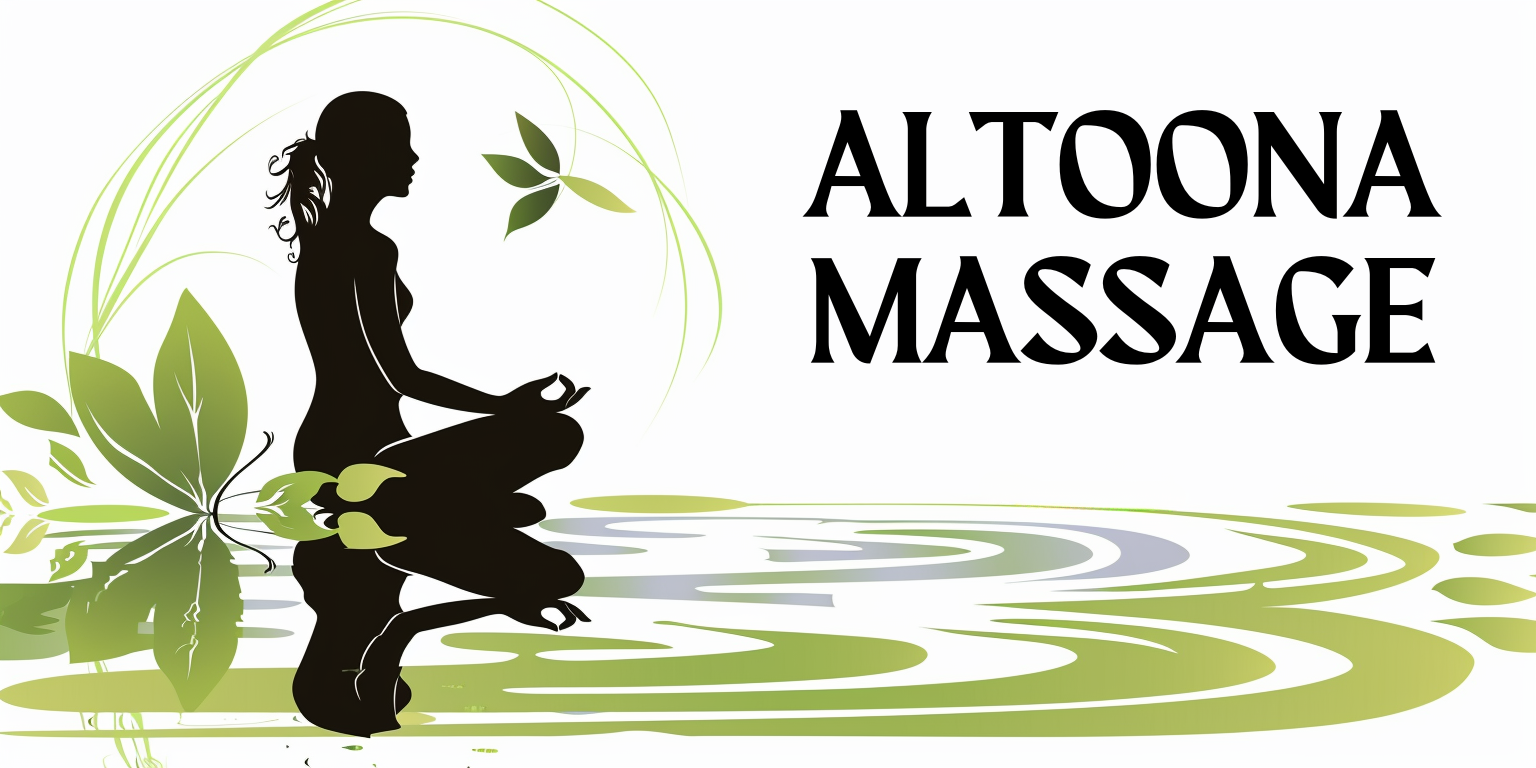Panic attacks can be overwhelming experiences that often strike without warning. You may find yourself in a situation where your heart races, your palms sweat, and a sense of impending doom washes over you. These episodes can last anywhere from a few minutes to half an hour, leaving you feeling drained and anxious long after they subside.
Understanding the nature of panic attacks is crucial for managing them effectively. They are often characterized by intense fear or discomfort, accompanied by physical symptoms such as shortness of breath, chest pain, dizziness, and a feeling of losing control. Recognizing these symptoms as part of a panic attack can help you separate them from other medical conditions, allowing you to respond more effectively.
The triggers for panic attacks can vary widely from person to person. You might find that certain situations, such as crowded places or stressful environments, can provoke an attack. Alternatively, they may occur spontaneously, leaving you puzzled about what caused the episode.
This unpredictability can lead to a heightened state of anxiety, as you may start to avoid places or situations where you fear an attack might happen. Understanding the psychological and physiological components of panic attacks is essential for developing coping strategies. By learning about the fight-or-flight response and how it relates to panic attacks, you can begin to take control of your reactions and reduce the frequency and intensity of these episodes.
Key Takeaways
- Panic attacks are sudden and intense episodes of fear and anxiety, often accompanied by physical symptoms such as rapid heartbeat and shortness of breath.
- Massage therapy can help reduce anxiety and stress, leading to a decrease in the frequency and severity of panic attacks.
- Massage affects the nervous system by promoting relaxation and reducing the production of stress hormones like cortisol.
- Research has shown that regular massage therapy can significantly reduce the symptoms of panic attacks and improve overall mental well-being.
- Different types of massage, such as Swedish massage and aromatherapy massage, can be beneficial for managing panic attacks and promoting relaxation.
The Benefits of Massage Therapy
Massage therapy has long been recognized for its ability to promote relaxation and alleviate stress. When you engage in regular massage sessions, you may find that your overall sense of well-being improves significantly. The physical touch involved in massage can stimulate the release of endorphins, the body’s natural painkillers, which can help elevate your mood and reduce feelings of anxiety.
Additionally, the soothing nature of massage can create a safe space for you to unwind, allowing you to escape the pressures of daily life and focus on your own needs. Beyond its immediate effects on relaxation, massage therapy can also contribute to long-term mental health benefits. Regular sessions may help you develop a greater awareness of your body and its responses to stress.
This heightened awareness can empower you to recognize early signs of anxiety or tension, enabling you to take proactive steps to manage these feelings before they escalate into a panic attack. Furthermore, the therapeutic relationship established with a massage therapist can provide emotional support, fostering a sense of connection that is often beneficial for those struggling with anxiety disorders.
How Massage Affects the Nervous System

The nervous system plays a pivotal role in how your body responds to stress and anxiety. When you experience a panic attack, your sympathetic nervous system is activated, triggering the fight-or-flight response. This response prepares your body to react to perceived threats but can also lead to feelings of overwhelm when activated inappropriately.
Massage therapy works primarily through the parasympathetic nervous system, which promotes relaxation and recovery. By engaging in massage, you can help shift your body from a state of heightened alertness to one of calmness. During a massage session, various techniques are employed to manipulate soft tissues and stimulate blood flow.
This process not only helps relieve muscle tension but also encourages the release of neurotransmitters like serotonin and dopamine, which are essential for regulating mood. As your body relaxes under the skilled hands of a therapist, you may notice a decrease in heart rate and blood pressure, both of which are beneficial for managing anxiety levels. By understanding how massage affects your nervous system, you can appreciate its potential as a tool for mitigating the symptoms associated with panic attacks.
Research on Massage and Panic Attacks
Numerous studies have explored the relationship between massage therapy and anxiety management, including its effects on panic attacks specifically. Research indicates that individuals who receive regular massage therapy report lower levels of anxiety and stress compared to those who do not engage in this practice. One study found that participants who received massage therapy experienced significant reductions in anxiety symptoms after just a few sessions.
These findings suggest that massage can be an effective complementary treatment for those dealing with panic attacks. Moreover, research has shown that massage therapy can lead to changes in brain activity associated with stress response. Functional MRI scans have demonstrated that individuals who undergo massage exhibit decreased activity in areas of the brain linked to anxiety and increased activity in regions associated with relaxation and emotional regulation.
This evidence supports the idea that massage therapy not only provides immediate relief from physical tension but also fosters long-term changes in how your brain processes stress and anxiety.
Types of Massage for Panic Attacks
When considering massage therapy as a tool for managing panic attacks, it’s essential to explore the various types available. Each type offers unique benefits that may cater to your specific needs. For instance, Swedish massage is known for its gentle techniques that promote relaxation and stress relief.
The long strokes and kneading motions used in this style can help calm your nervous system and create a sense of tranquility. Another effective option is deep tissue massage, which targets deeper layers of muscle and connective tissue. This type of massage can be particularly beneficial if you carry tension in specific areas due to stress or anxiety.
By addressing these tight spots, deep tissue massage may help release pent-up emotions and promote a greater sense of well-being. Additionally, aromatherapy massage incorporates essential oils into the treatment, enhancing relaxation through soothing scents that can further alleviate feelings of anxiety.
Incorporating Massage into a Wellness Routine

Integrating massage therapy into your wellness routine can be a transformative experience for managing panic attacks. To reap the full benefits, consider scheduling regular sessions—whether weekly or bi-weekly—based on your personal needs and lifestyle. Consistency is key; by making massage a regular part of your self-care regimen, you may find it easier to manage stress levels over time.
In addition to professional sessions, you might also explore self-massage techniques that can be performed at home. Simple practices such as using a foam roller or applying gentle pressure to tense areas with your hands can help alleviate stress between appointments. Furthermore, combining massage with other wellness practices—such as mindfulness meditation or yoga—can create a holistic approach to managing anxiety and panic attacks.
By nurturing both your body and mind through these complementary practices, you can cultivate resilience against future episodes.
Other Holistic Approaches for Managing Panic Attacks
While massage therapy is an effective tool for managing panic attacks, it is essential to consider other holistic approaches that can complement your efforts. Mindfulness meditation is one such practice that encourages present-moment awareness and helps reduce anxiety levels. By focusing on your breath and observing your thoughts without judgment, you may develop greater emotional resilience over time.
Another holistic approach is engaging in regular physical activity. Exercise has been shown to release endorphins and improve mood while reducing stress levels. Whether it’s going for a brisk walk, practicing yoga, or participating in team sports, finding an activity that resonates with you can be an excellent way to manage anxiety naturally.
Additionally, exploring dietary changes—such as incorporating more whole foods and reducing caffeine intake—can also contribute positively to your mental health.
Seeking Professional Help for Panic Attacks
While self-care strategies like massage therapy and holistic approaches are valuable tools for managing panic attacks, there may come a time when seeking professional help becomes necessary. If you find that your panic attacks are frequent or severely impacting your daily life, consulting with a mental health professional is crucial. Therapists trained in cognitive-behavioral therapy (CBT) or exposure therapy can provide tailored strategies to help you understand and manage your panic attacks more effectively.
In some cases, medication may also be recommended as part of a comprehensive treatment plan. A psychiatrist can evaluate your symptoms and determine whether medication could be beneficial alongside therapy and self-care practices like massage. Remember that seeking help is not a sign of weakness; rather, it demonstrates strength and commitment to improving your mental health and overall well-being.
In conclusion, understanding panic attacks and exploring various management strategies—including massage therapy—can empower you on your journey toward emotional resilience. By incorporating these practices into your life and seeking professional guidance when needed, you can take proactive steps toward reducing the impact of panic attacks on your daily experiences.
FAQs
What is the connection between massage and reduced panic attacks?
Massage therapy has been shown to reduce levels of the stress hormone cortisol and increase levels of the feel-good hormones serotonin and dopamine, which can help reduce anxiety and panic attacks.
How does massage therapy help in reducing panic attacks?
Massage therapy can help reduce muscle tension, promote relaxation, and improve overall well-being, which can all contribute to a reduction in the frequency and severity of panic attacks.
Are there specific types of massage that are more effective for reducing panic attacks?
While any type of massage can help reduce stress and anxiety, some people may find that techniques such as Swedish massage, deep tissue massage, or aromatherapy massage are particularly effective for managing panic attacks.
How often should someone receive massage therapy to help reduce panic attacks?
The frequency of massage therapy sessions for reducing panic attacks can vary depending on the individual’s needs and preferences. Some people may benefit from weekly sessions, while others may find that bi-weekly or monthly sessions are sufficient.
Is massage therapy a substitute for professional mental health treatment for panic attacks?
Massage therapy can be a helpful complementary treatment for managing panic attacks, but it is not a substitute for professional mental health treatment. It is important for individuals experiencing panic attacks to seek guidance from a qualified mental health professional.
